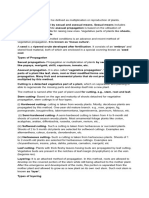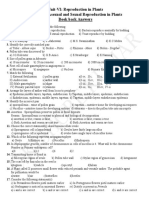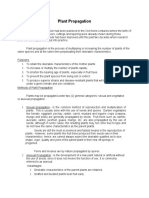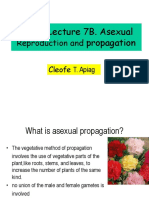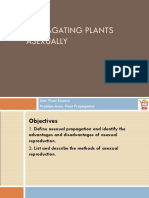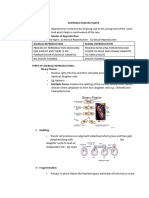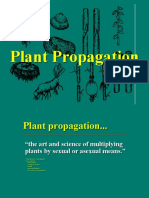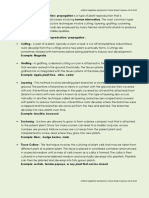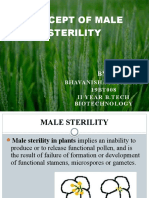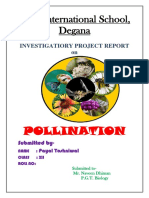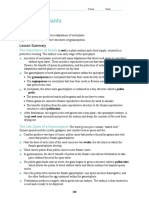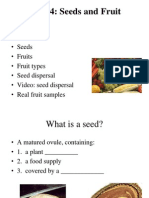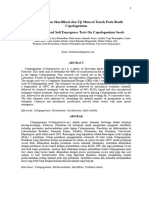0% found this document useful (0 votes)
14 views10 pagesChapter 1-1
The document discusses various aspects of plant reproduction, including asexual and sexual methods, modifications of stems, and techniques like grafting and layering. It highlights the importance of reproduction for species survival and details methods such as tissue culture for propagating rare plants. Additionally, it covers pollination mechanisms, the structure of ovules, and the process of fertilization in angiosperms.
Uploaded by
annajothi1987Copyright
© © All Rights Reserved
We take content rights seriously. If you suspect this is your content, claim it here.
Available Formats
Download as DOCX, PDF, TXT or read online on Scribd
0% found this document useful (0 votes)
14 views10 pagesChapter 1-1
The document discusses various aspects of plant reproduction, including asexual and sexual methods, modifications of stems, and techniques like grafting and layering. It highlights the importance of reproduction for species survival and details methods such as tissue culture for propagating rare plants. Additionally, it covers pollination mechanisms, the structure of ovules, and the process of fertilization in angiosperms.
Uploaded by
annajothi1987Copyright
© © All Rights Reserved
We take content rights seriously. If you suspect this is your content, claim it here.
Available Formats
Download as DOCX, PDF, TXT or read online on Scribd
/ 10







